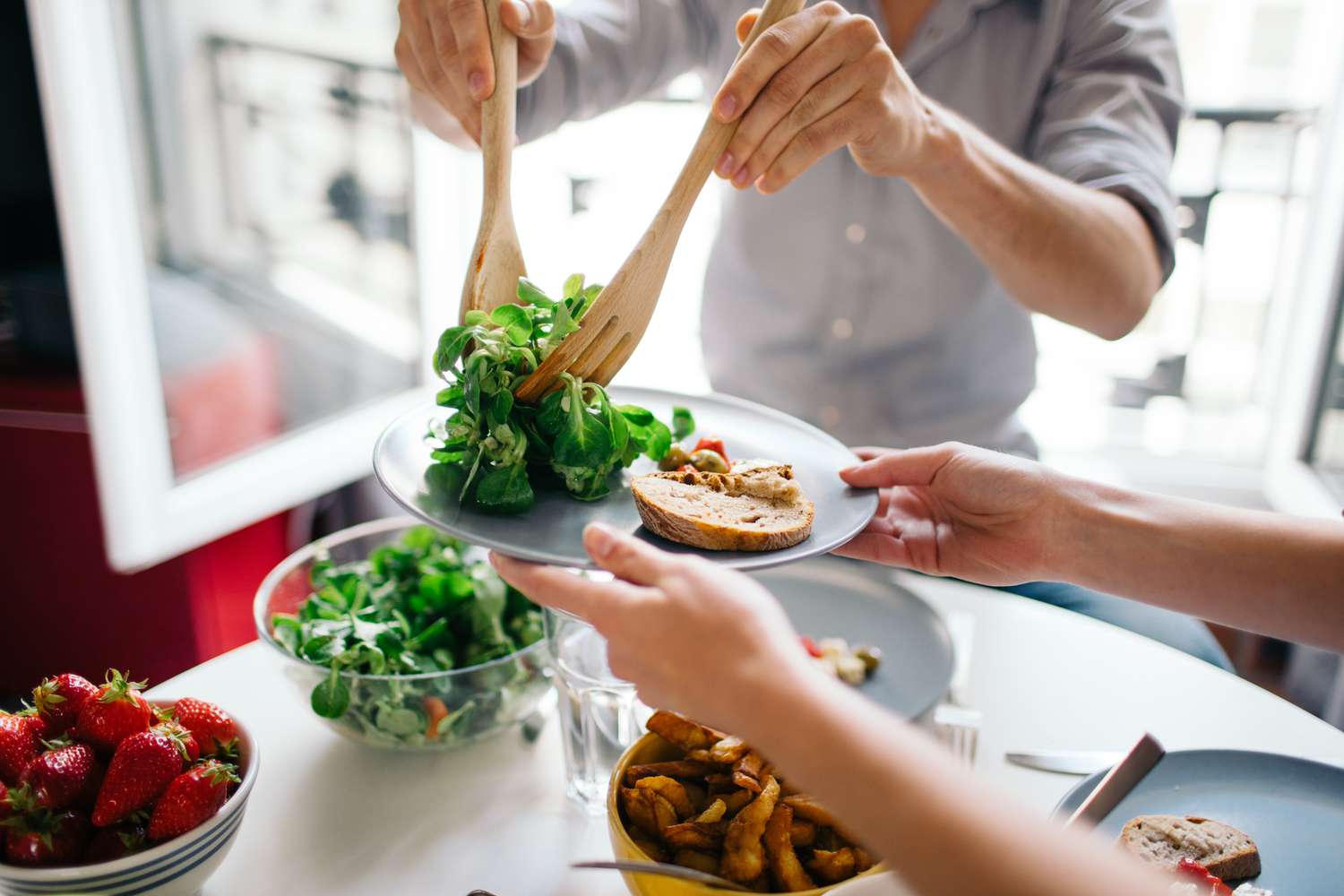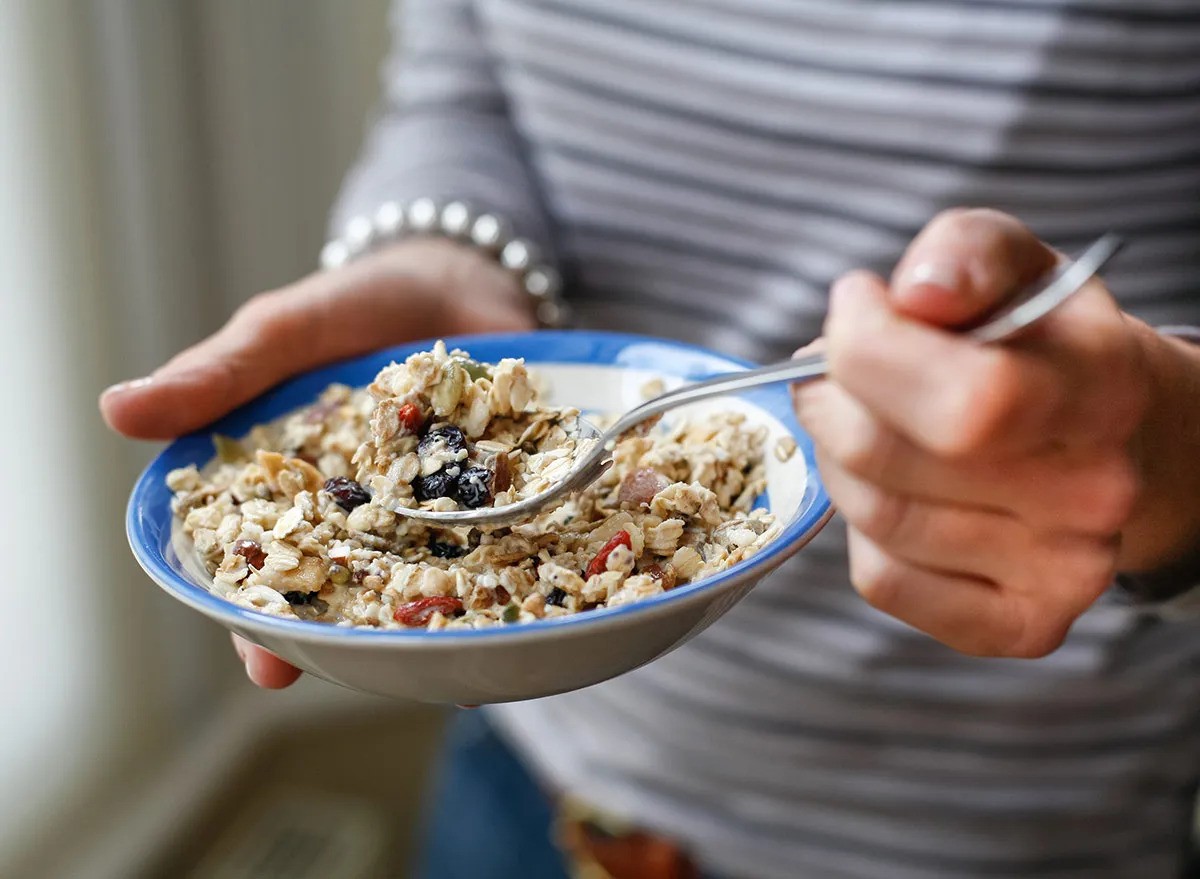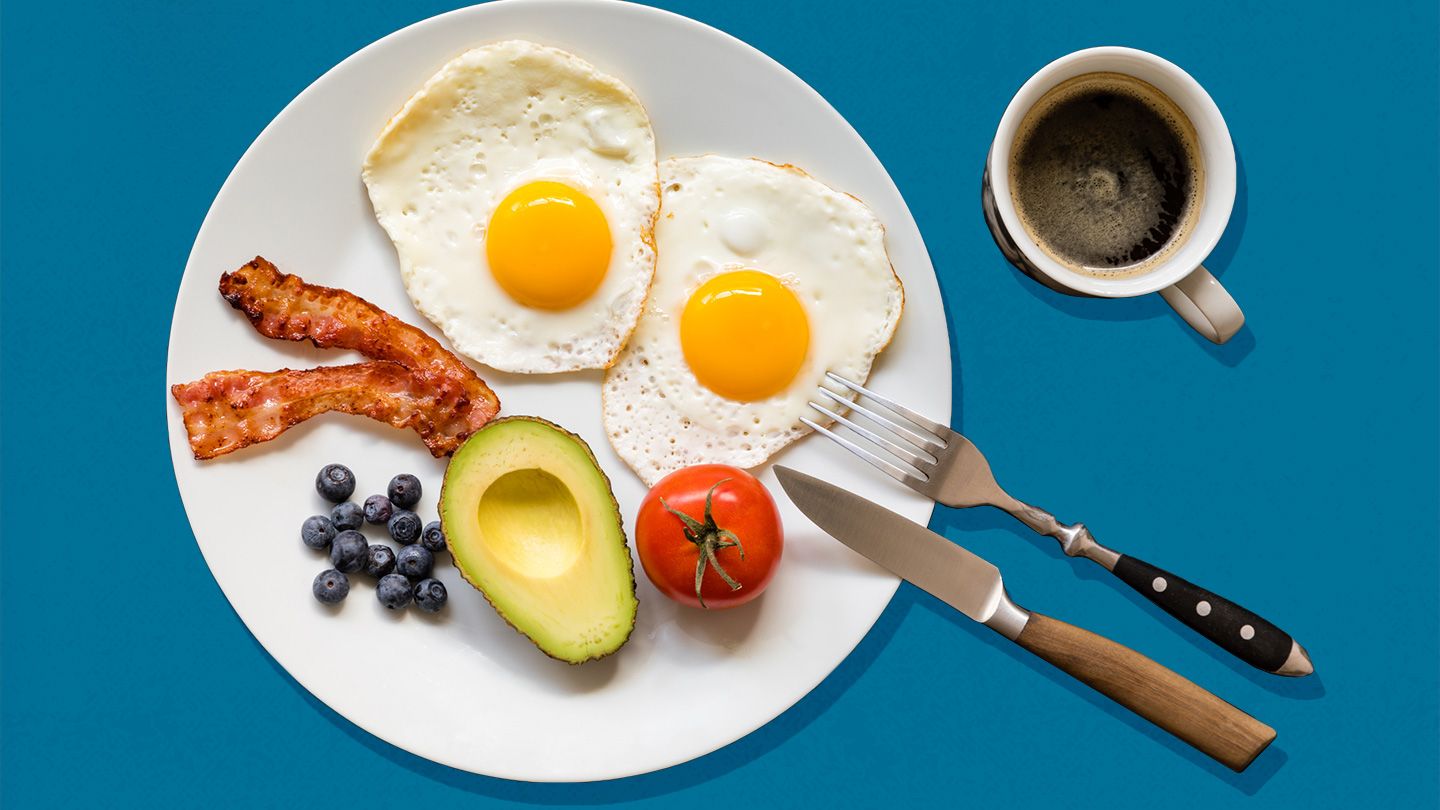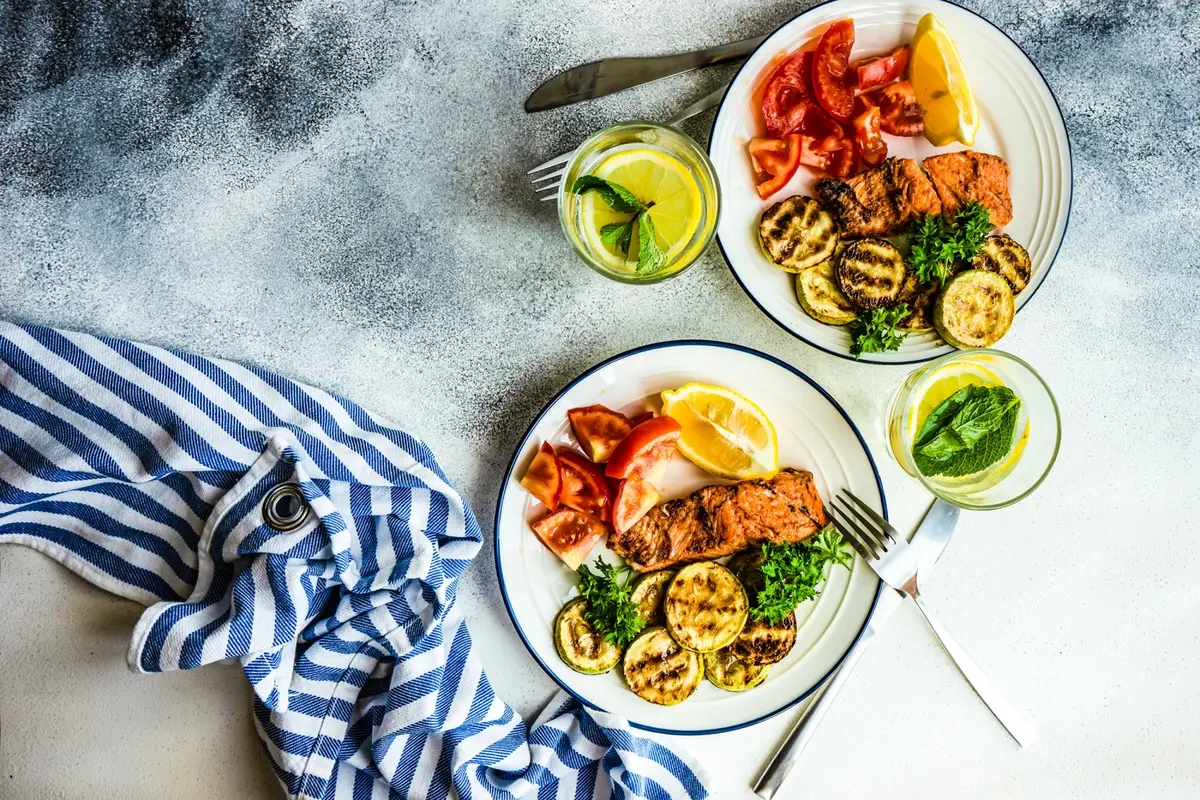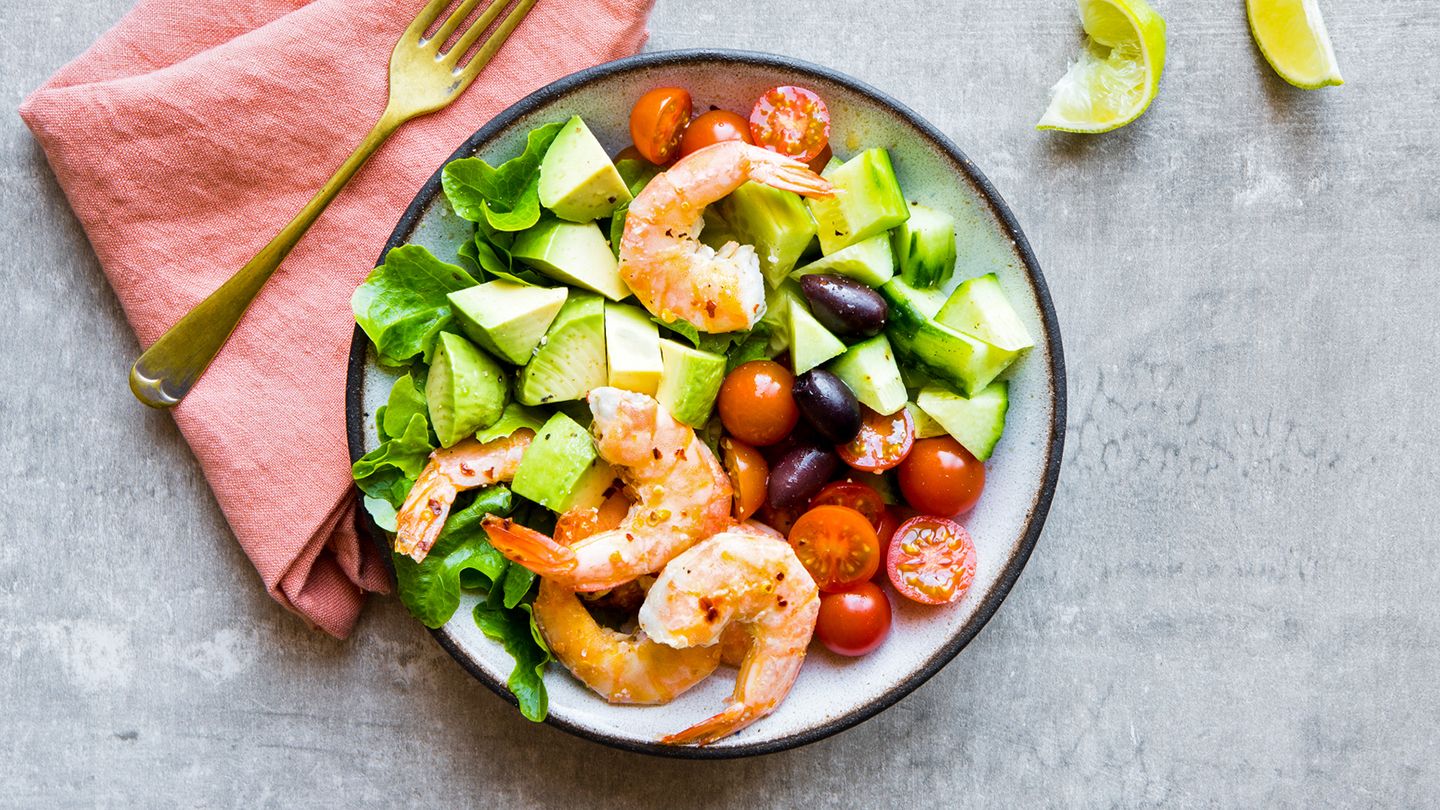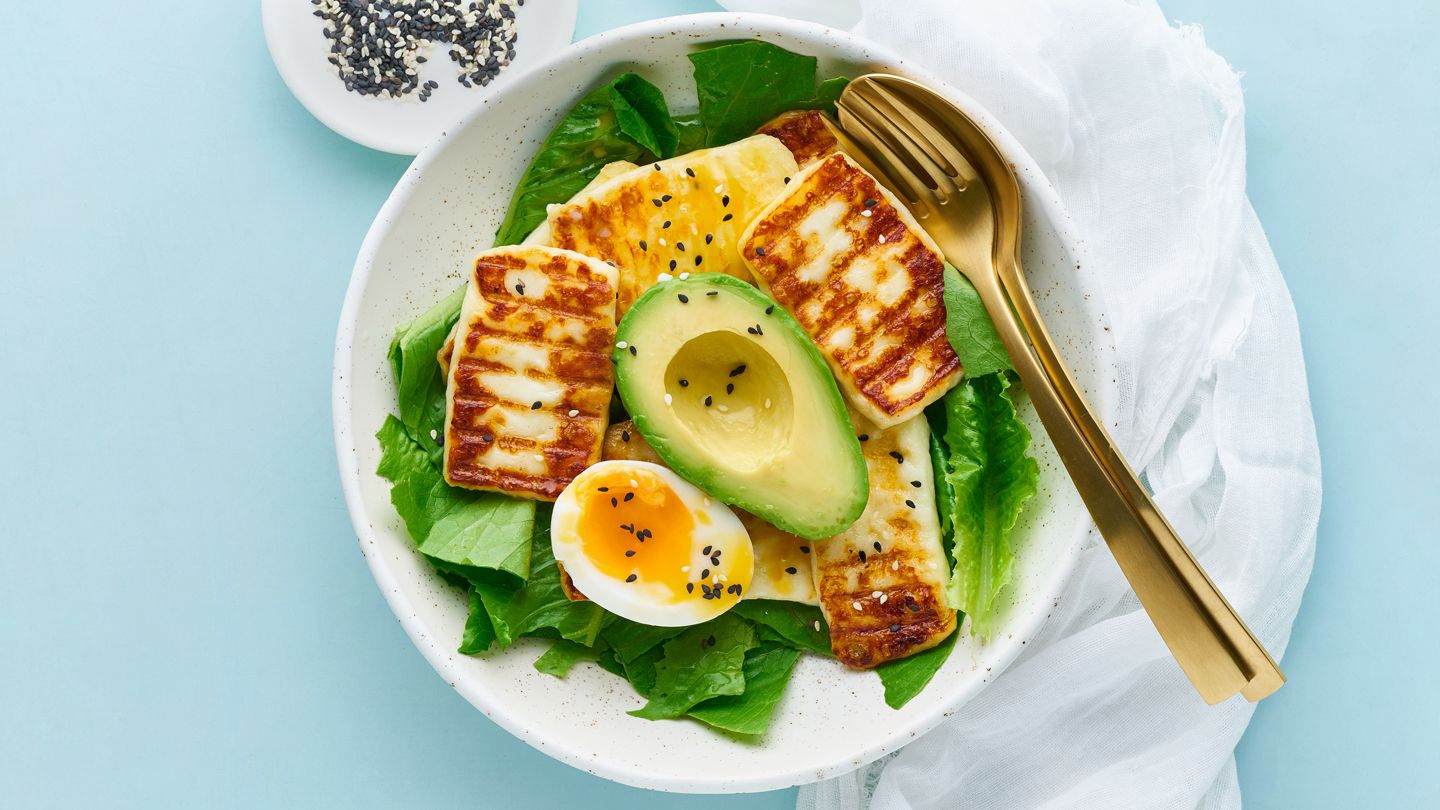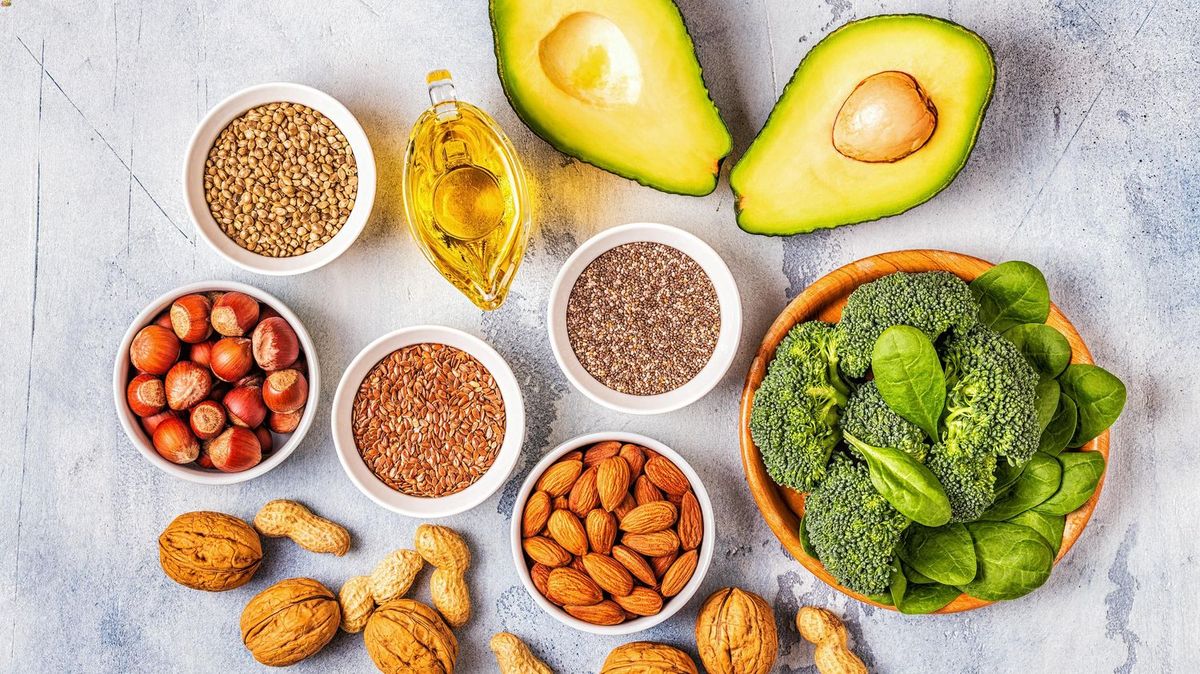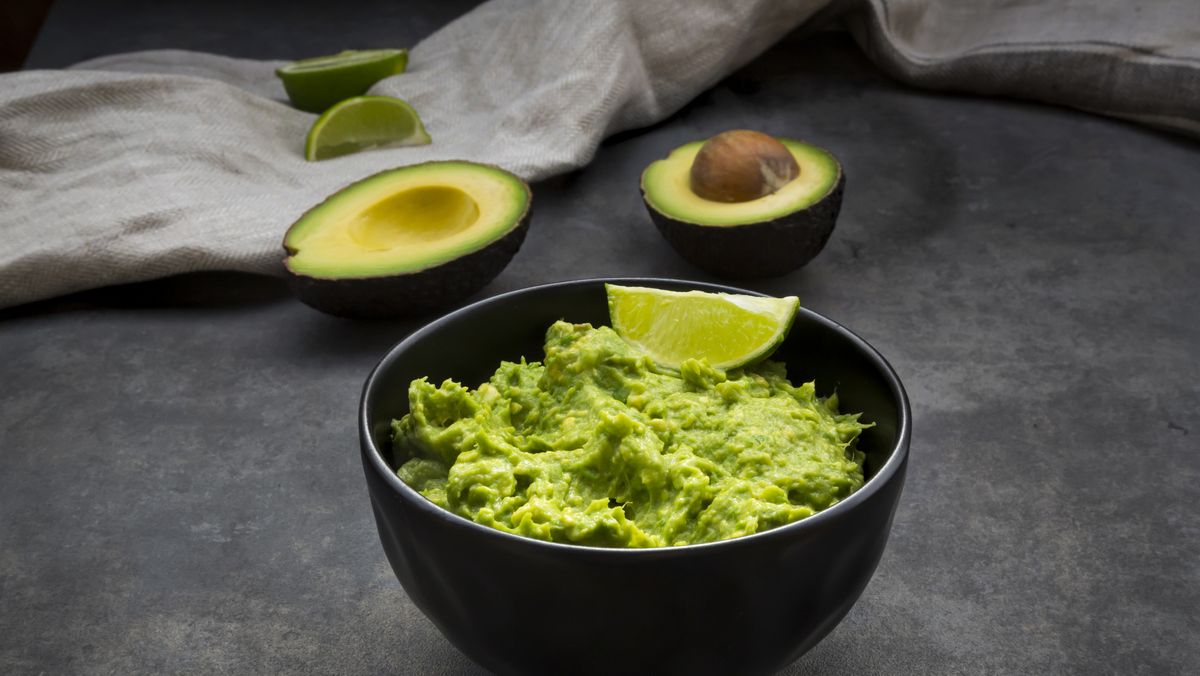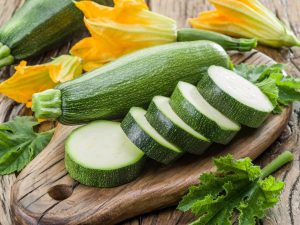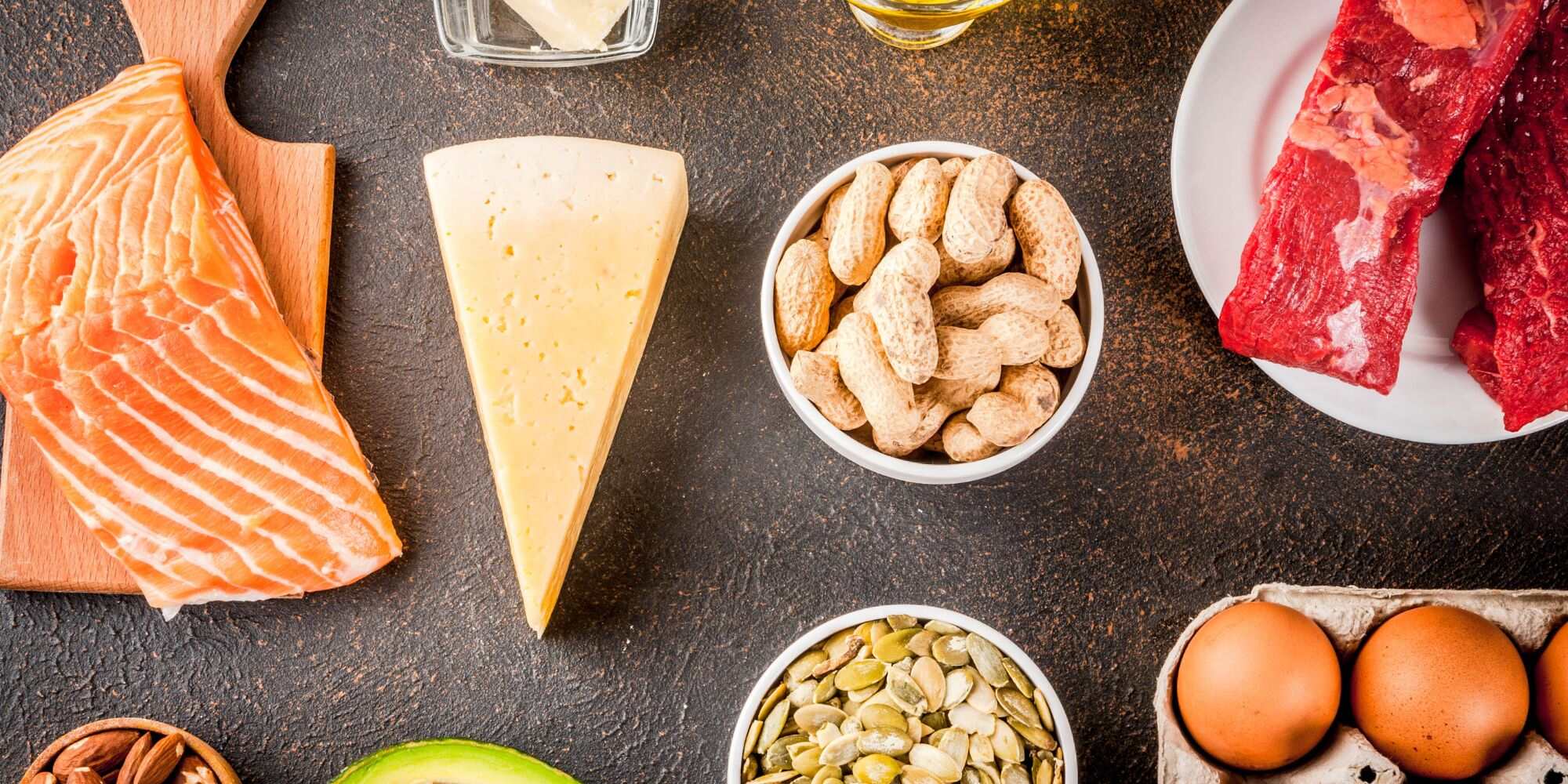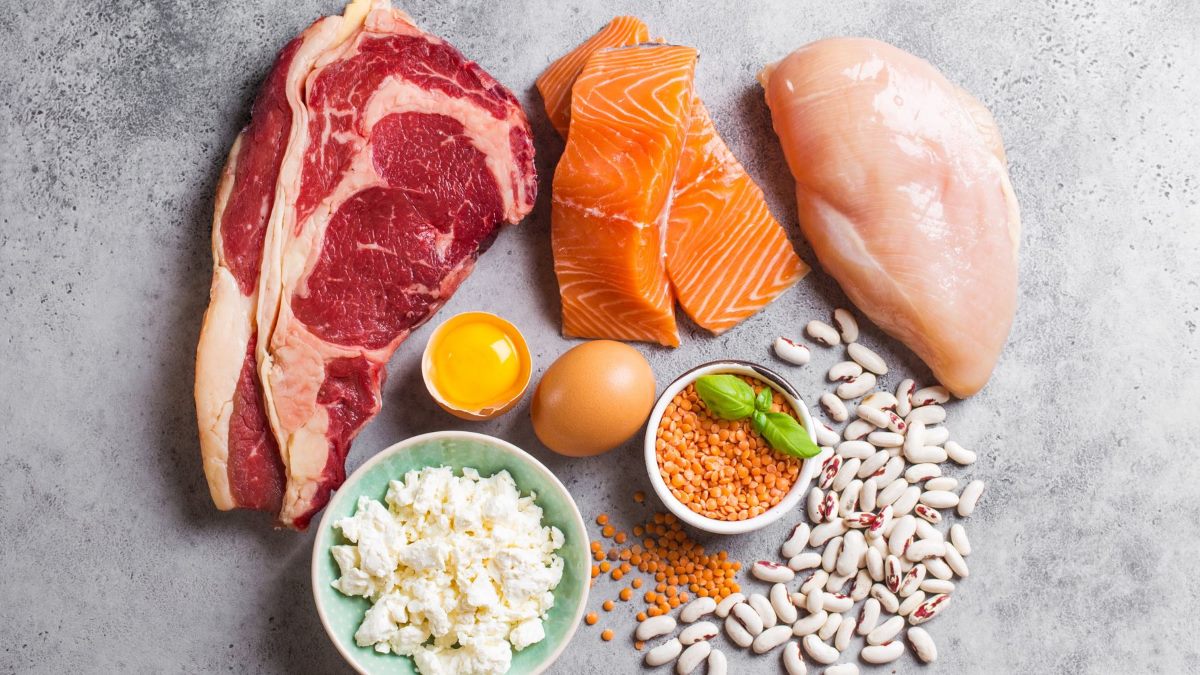How to Successfully Follow a Low-Carb Diet
Following a low-carb diet can be a great way to improve your health and manage your weight. One popular approach is to limit your daily carb intake to less than 20 grams. This may seem challenging at first, but with the right strategies and mindset, it can be achievable and even enjoyable. Here are some tips to help you eat less than 20 grams of carbs a day:
Focus on Low-Carb Foods
When aiming to consume less than 20 grams of carbs per day, it’s essential to prioritize foods that are low in carbohydrates. These include:
- Non-starchy vegetables such as spinach, kale, broccoli, and cauliflower
- Protein sources like chicken, turkey, fish, and tofu
- Healthy fats such as avocados, olive oil, and nuts
- Dairy products like cheese and Greek yogurt (opt for full-fat versions)
By centering your meals around these foods, you can keep your carb intake in check while still enjoying a variety of delicious and satisfying options.
Read Food Labels
When following a low-carb diet, it’s important to become familiar with reading food labels. Pay close attention to the total carbohydrate content per serving, and be mindful of hidden sugars and starches in packaged foods. Opt for products that are labeled as “low-carb” or “keto-friendly,” as they are specifically designed to fit within a low-carb eating plan.
Plan Your Meals
Meal planning is a key component of successfully eating less than 20 grams of carbs a day. Take the time to plan your meals and snacks in advance, ensuring that they align with your carb limit. This can help you avoid impulsive food choices and make it easier to stay on track with your low-carb goals.
Choose Carb Substitutes
Fortunately, there are many low-carb substitutes for traditional high-carb foods. For example, you can swap out pasta for zucchini noodles, rice for cauliflower rice, and bread for lettuce wraps. These alternatives can help you reduce your carb intake while still enjoying your favorite meals.
Stay Hydrated
Drinking plenty of water is important for overall health and can also support your low-carb lifestyle. Sometimes, feelings of hunger can be mistaken for thirst, so staying hydrated may help curb unnecessary snacking. Additionally, adequate hydration is essential for maintaining energy levels and supporting your body as it adjusts to a low-carb diet.
Be Mindful of Portion Sizes
While focusing on low-carb foods is important, it’s also crucial to be mindful of portion sizes. Even low-carb foods contain some level of carbohydrates, so consuming large portions can quickly add up. Use measuring cups, a food scale, or visual cues to help you gauge appropriate serving sizes and prevent unintentional carb overconsumption.
Seek Support and Resources
Embarking on a low-carb journey can be more manageable with the support of others who share similar goals. Consider joining online communities, forums, or social media groups dedicated to low-carb living. Additionally, there are numerous cookbooks, websites, and apps that offer low-carb recipes and meal ideas to keep your eating plan exciting and varied.
By incorporating these strategies into your daily routine, you can successfully eat less than 20 grams of carbs a day and experience the potential benefits of a low-carb lifestyle. Remember that everyone’s body is different, so it’s essential to listen to your body and make adjustments as needed to find what works best for you.
